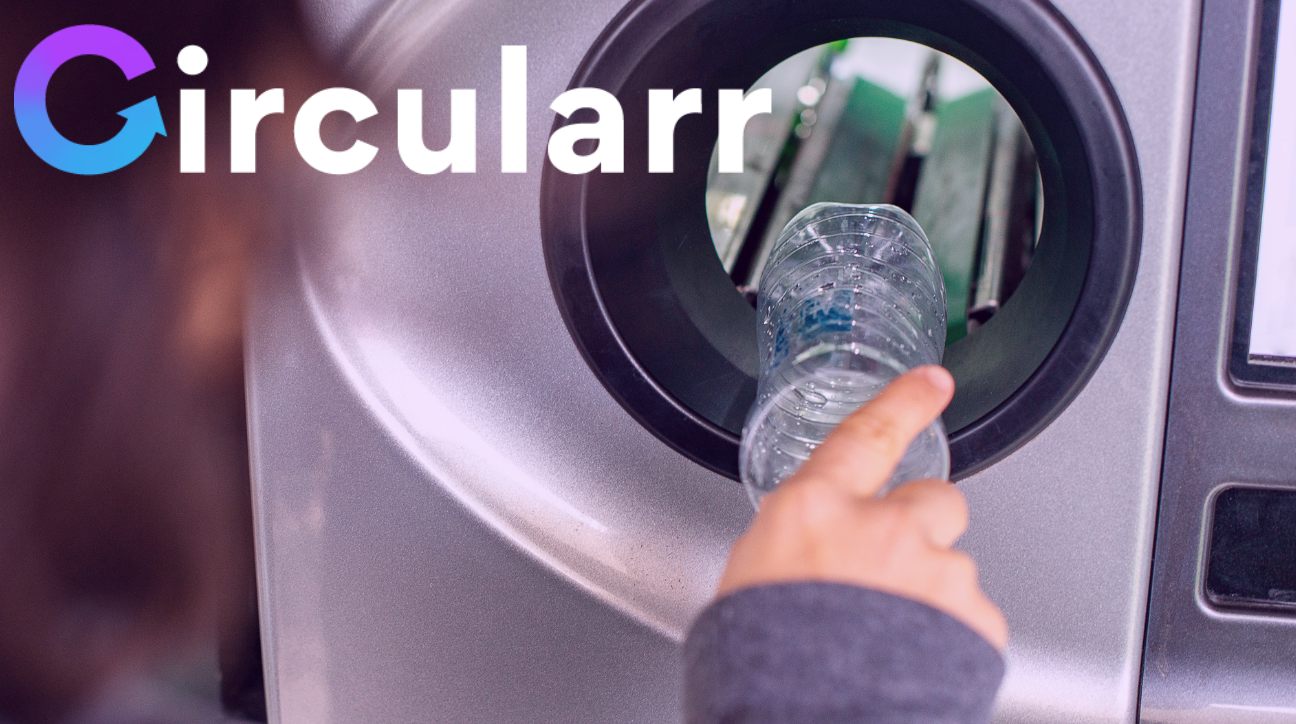Plastic waste is a growing problem that poses a significant threat to the health of our oceans and the marine life that call them home. Plastic pollution has been found in every corner of the ocean, from the Arctic to the Antarctic, and it is estimated that by 2050, there will be more plastic in the ocean than fish.
One of the main sources of plastic pollution in the ocean is single-use plastic products, such as straws, plastic bags, and water bottles. These items are often used for just a few minutes, but can remain in the environment for hundreds of years, breaking down into smaller and smaller pieces known as microplastics. These microplastics are easily ingested by marine animals, causing harm to their digestive systems and potentially leading to death.
To address this problem, a number of efforts are being made to reduce plastic waste and the impact of plastic pollution on marine life. One of the most effective ways to do this is through policy and legislation. For example, many cities and countries have implemented bans on single-use plastic bags and straws, or have implemented fees for their use. Additionally, some companies have committed to reducing or eliminating their use of single-use plastic products in their operations.
Another important effort to reduce plastic waste is through increased recycling and composting. By diverting plastic waste away from landfills and into recycling and composting programs, we can reduce the amount of plastic that ends up in the ocean.
Individuals can also make a difference by making simple changes to their daily habits. This can include bringing your own reusable bags, water bottles, and coffee cups, avoiding products with excessive packaging, and properly disposing of plastic waste.
To support marine life and protect our planet, it’s also important to support organisations that are working to reduce plastic pollution. These organisations might be involved in beach cleanups, plastic-free campaigns, or research into new technologies that further recycling efforts.
At Circularr we’re using pioneering blockchain technology to ensure a fully transparent solution to recycling. Through partnering with reverse vending machine (RVMs) manufacturers, integrating with wider deposit return schemes (DRS) and recycling plants, we are creating an ecosystem to allow individuals and businesses to deposit unwanted plastic, knowing that it will be responsibly recycled, it’s fully traceable until it reaches its second life, and we reward you for it with tokens that can be used via our app.
Plastic waste is a pressing problem that poses a significant threat to the environment and the health of our planet. There are many efforts being made to reduce plastic waste and by working together, we can create a future where our planet can thrive without the threat of plastic pollution.

